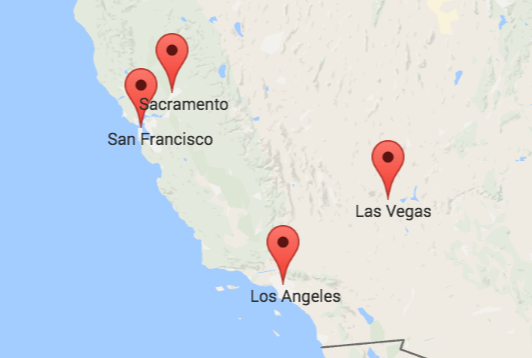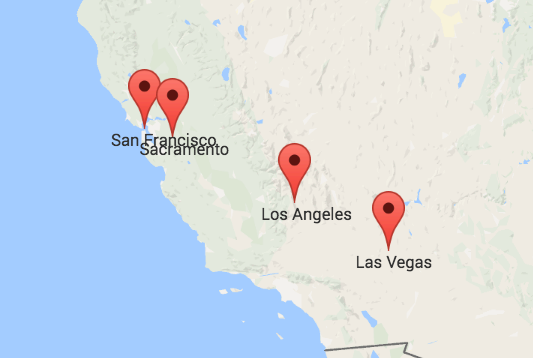Tutorials on PyTorch/TensorFlow/Keras/etc. often cover three areas at the same time: how neural networks work, how tensor computations work and how the respective framework's API works. This is a PyTorch migration guide for TensorFlow users that already know how neural networks and tensor computations work.
I have been using TensorFlow since 2016, but I switched to PyTorch in 2020. Although the key concepts of both frameworks are pretty similar, especially since TF v2, I wanted to make sure that I use PyTorch's API correctly and don't overlook some critical difference. Therefore, I read through the currently listed PyTorch tutorials, the 14 developer notes in the PyTorch documentation (as of version 1.8.0) and the top-level pages of the Python API like torch.Tensor and torch.distributions. For each tutorial and documentation page, I list the insights that I consider relevant for TensorFlow users.



